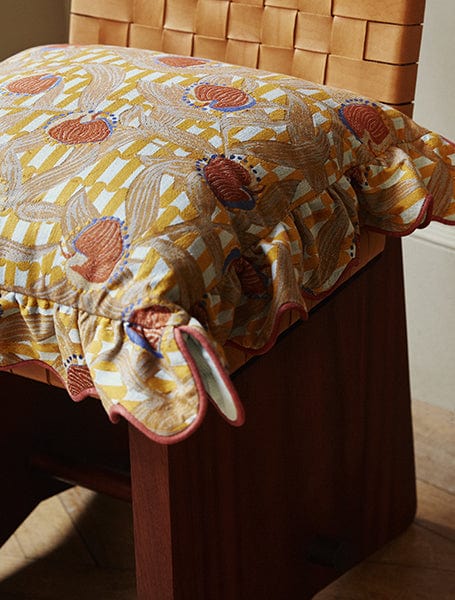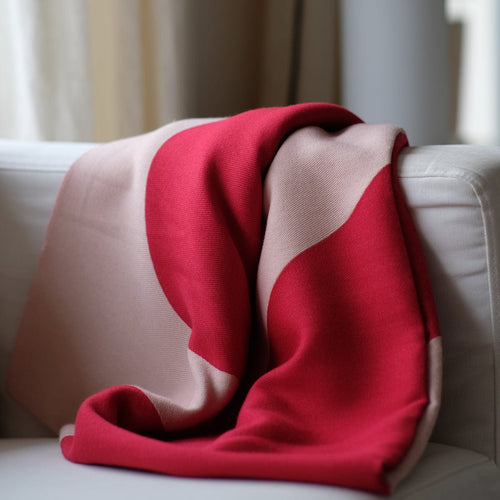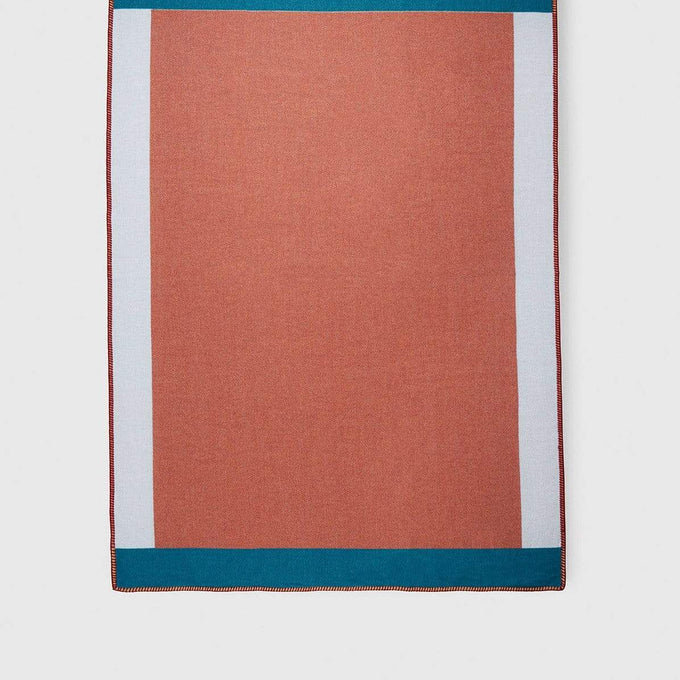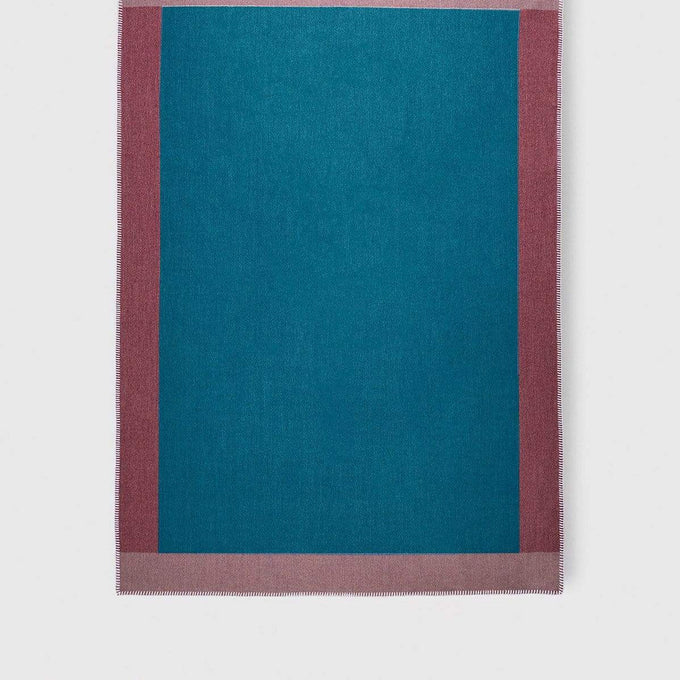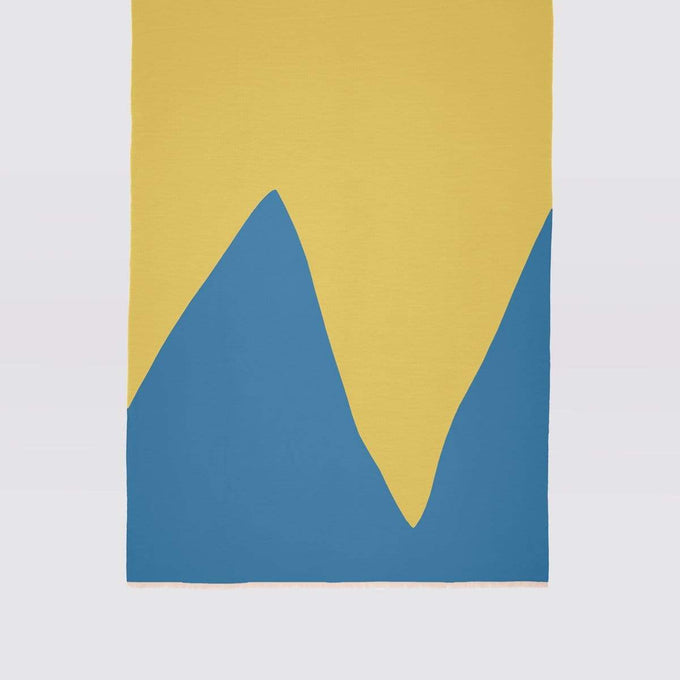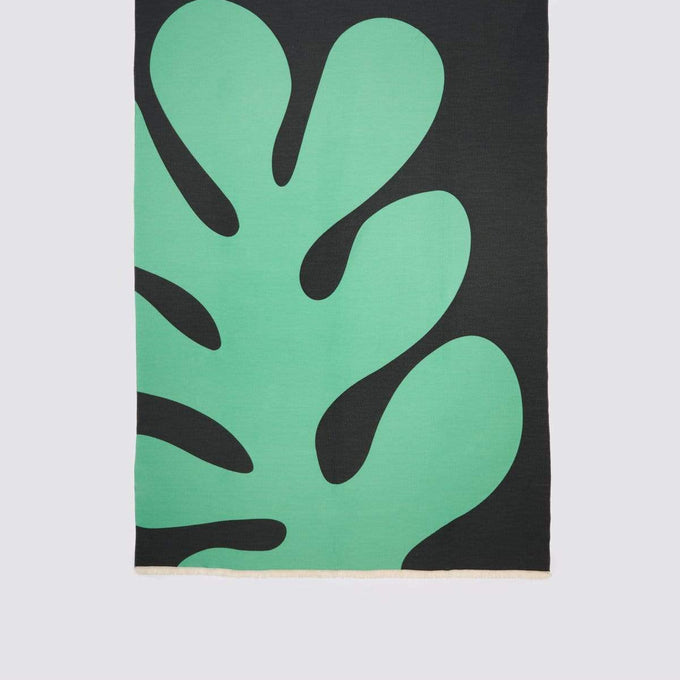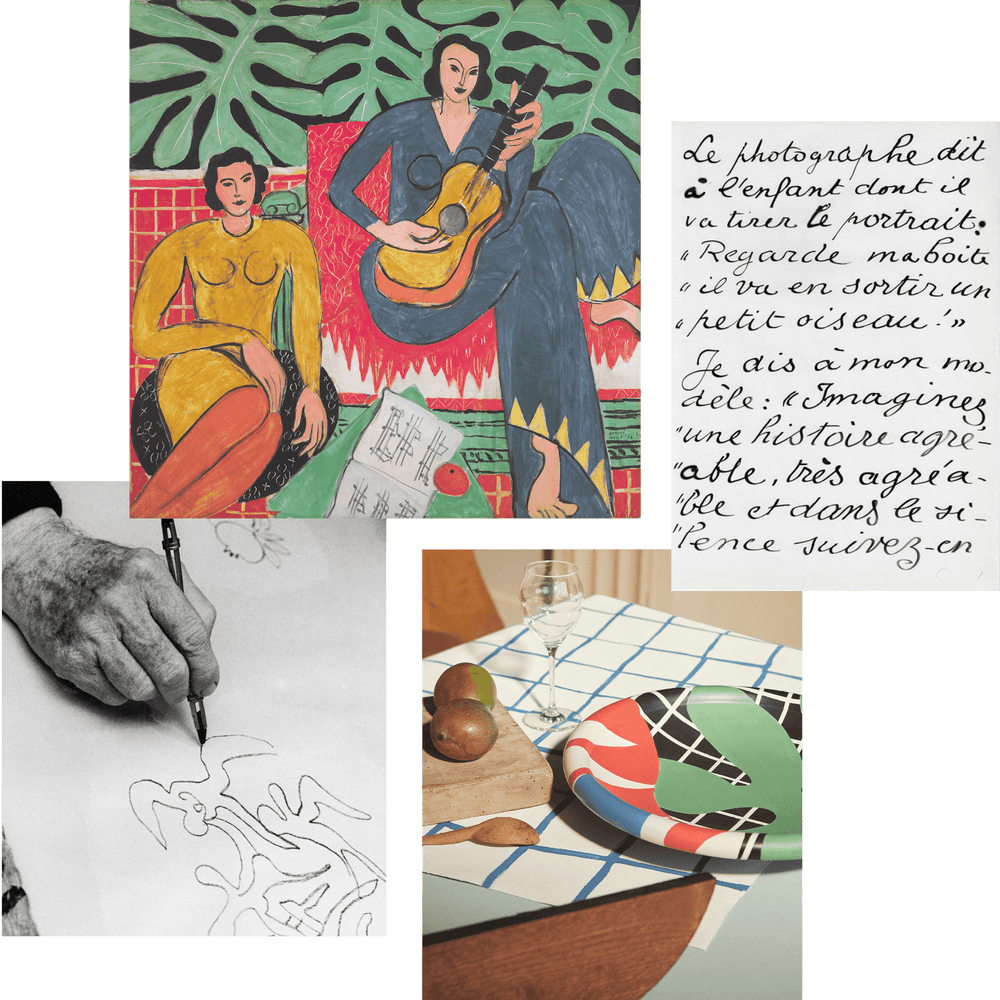In the Intérieur aux Aubergines collection, the fabrics of the seats, screens, designer wallpaper and cushions were made from natural cotton and viscose threads by an age-old Venetian factory dating from the eighteenth century. Here, high-tech Jacquard looms were used to create two models with lampas fabric using the Gobelin technique: one with a foliage pattern, the other with a pear pattern.
The jacquard loom is a loom developed in France in 1801 that combines Basile Bouchon's needles, Falcon's perforated cards, and Vaucanson's cylindrical rollers. The perforated cards guide the hooks that lift the warp threads, allowing the patterns to be woven.

